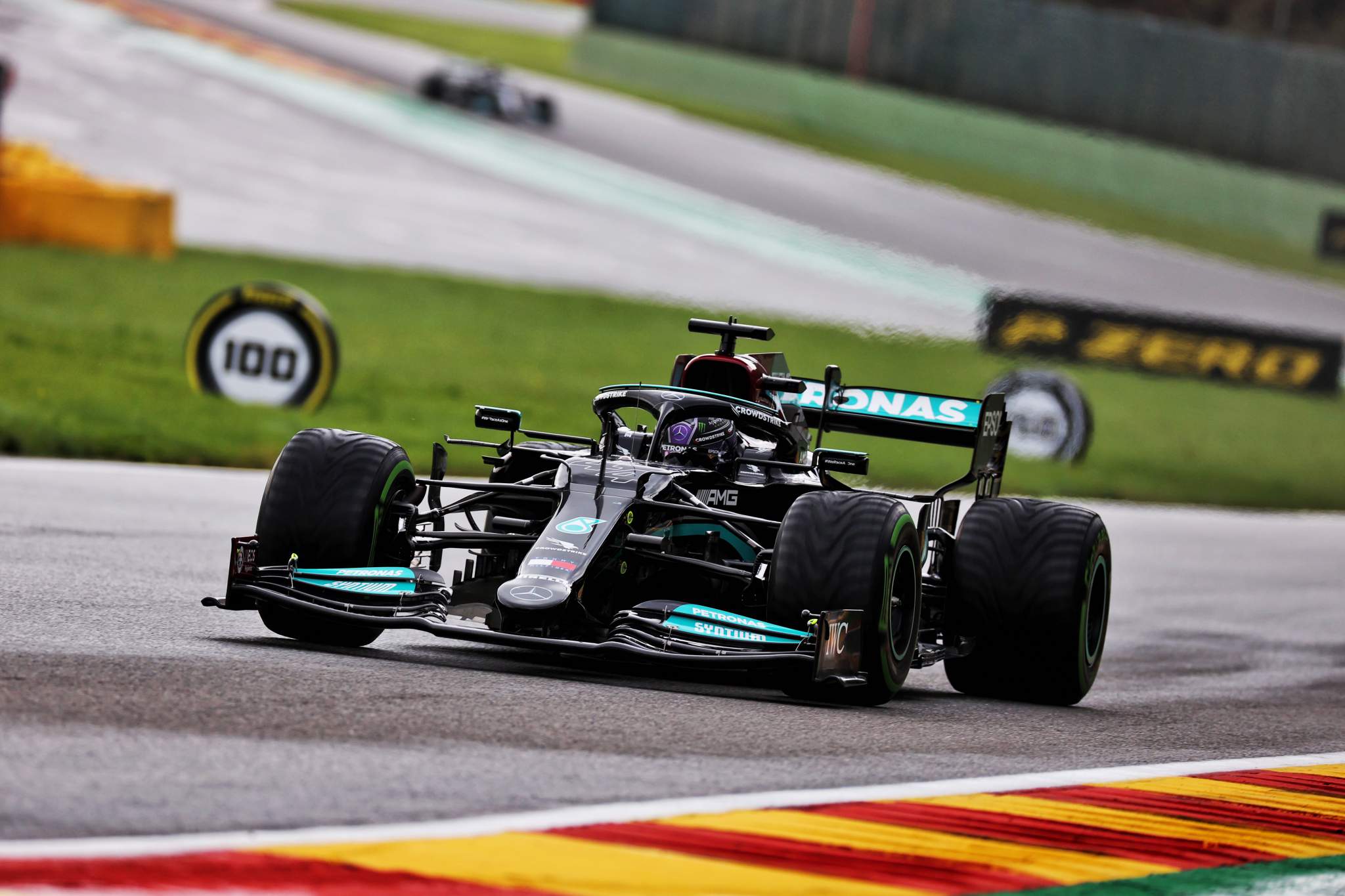Up Next

The competitive niggle between Formula 1 title rivals Red Bull and Mercedes appears to be continuing as Red Bull has made a query to the FIA regarding the sensors of the Mercedes power unit that record the engine’s inlet plenum temperatures, The Race has learned.
The lower the temperature, the more dense the oxygen content and the greater the combustion will be. By regulation, the plenum air temperature must be at least 10-deg above the external ambient temperature (as an average over the lap) and the FIA sensors track this to ensure compliance.
The Mercedes inlet plenum is believed to have walls that can be filled with super-cooled liquid.
This would more effectively cool the air within the plenum chamber, which would be useful in the acceleration phase but would only be a brief burst as the super-cooling of the liquid would not be sustained.
This would be consistent with the observation Red Bull has made that the Mercedes power unit has a big power delivery on initial acceleration phases which then dampens out.
It is important to emphasise that super-cooling of the liquid in walls in the plenum does not imply that the air within the plenum is below the legal minimum temperature. But it would certainly cool it more effectively.

Red Bull is questioning whether the temperature sensors are situated in a place that would capture any dipping below the legal minimum.
Other teams are aware of the theory but are wary of buying into it without a fuller understanding of the precise mechanism.




